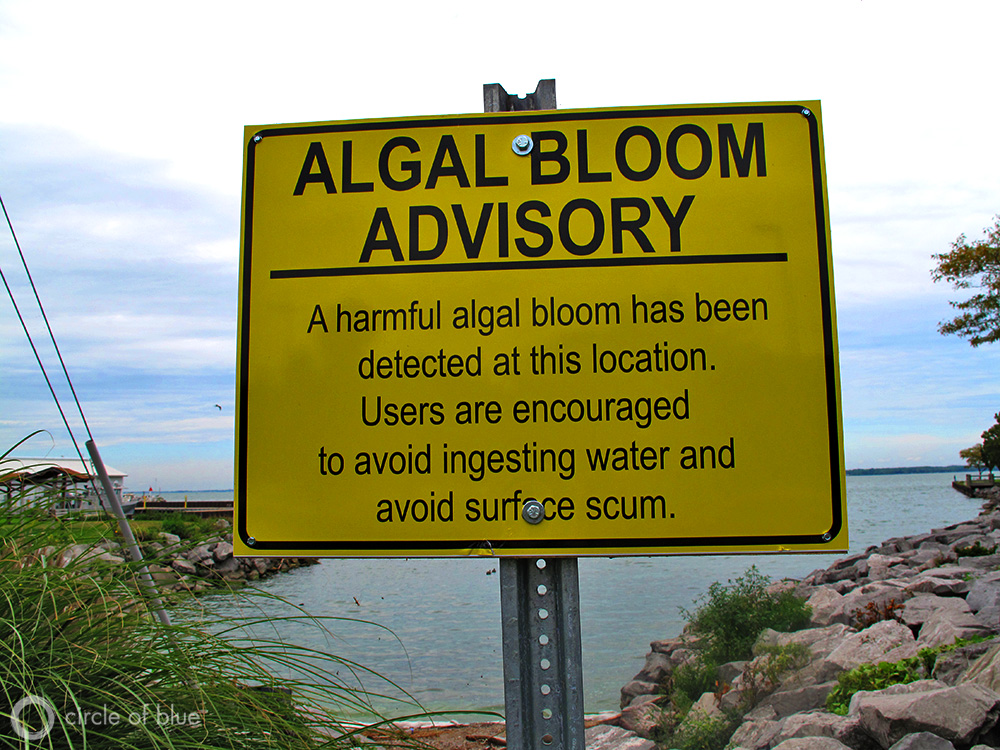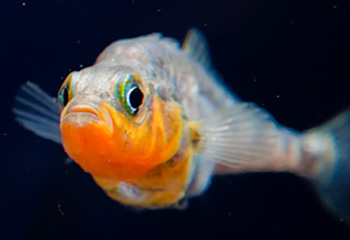Are you a fish having a hard time proving that you’re a worthy mate? If you answered yes, then you should encourage human induced pollution into your ecosystem! A recent phenomena shows that changing environmental conditions can distort the signals from their adaptive purpose and benefit. This can lead to an increase in mating with lower quality mates because the receiver cannot change the signals they assess, otherwise known as mal-adaptive mating.
There is now a wide range of evidence that human-induced environmental changes such as increased water turbidity can influence the production, transmission, and reception of sexually selected signals, therefore effecting sexual selection. In fact, changes in sexual selection can either promote or limit population growth. Although there are many studies that show results of changing environments influencing sexual stimuli, we do not know much about the effects changing ecosystems have on individual fitness and population viability.
Through various sensory modalities such as vision and smell, animals can convey their personal advantageous fitness benefits to potential mates. Fitness is not just how fast you can swim but can also be the inheritance of favorable alleles. This does not mean that a male that is an excellent parent in one environment would be an excellent parent in another environment. Due to the fact that benefits can vary with the environment, signalers must adjust their signal to the local conditions.
In order to study the influence that human-induced changes in the environment have on the reliability of visual signals on sexual selection, researchers studied the threespine stickleback (Gasterosteus aculeatus) in a laboratory setting. The stickleback is a social fish that has long been the subject of scientific research due to the male’s elaborate breeding behaviors that include red markings and the a nest in order to court females.
The researchers carried out the experiment in the lab by creating an ecosystem where two nesting males would compete for a female. Two males were placed in a tank separated by and opaque divider. One side of the tank had clear sea water and the other had turbid water containing fast growing alga. They recorded the nuptial coloration by calculating the area and intensity of red coloration. Female mate choice was determined as the recorded time elapsed before spawning with a male. They also recorded various male courtship behaviors such as bites towards a female and size of red coloration on the body. To see if the different environments changed the way the males signaled toward the females, they calculated the relative difference in intensity of the coloration as well as the courtship activity. Their results showed that altered visual signals and relaxed sexual selection in the stickleback that is associated with the increased water turbidity does not alter the number of offspring hatching but reduces the offspring viability.
The significance of these results is that although they found impaired visual communication due to the algal blooms, there were no negative consequences at the population level. How could this happen? We can hypothesize evolutionarily that increased offspring production because of reduced sexual selection has waged for weakened selection. This highlights the need for further understanding of all the factors that are needed to assess the impact of altered sexual selection at the population level.
Candolin, U., Tukiainen, I. and Bertell, E. (2016), Environmental change disrupts communication and sexual selection in a stickleback population. Ecology, 97: 969–979. doi:10.1890/15-1090.1


